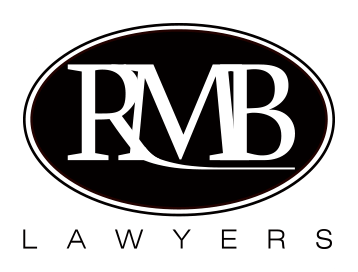If you are purchasing rural land in NSW, it is important that you aware of your land’s categorisation under the Land Management Framework for managing native vegetation. RMB Lawyers’ Property Law Division explains.
Native vegetation means trees (including any sapling or shrub), understorey plants, groundcover and plants occurring in a wetland that are native to NSW.
Rural land is subject to three categories under the Land Management Framework: exempt land, regulated land and excluded land. Each category is determined by various criteria as outlined in the Local Land Services Act 2013 and each has different native vegetation management options.
- Category 1 land is land where native vegetation can be cleared without approval from Local Land Services.
- Category 2 land is divided into three subcategories:
- Category 2 Regulated land is not considered vulnerable or sensitive regulated land but you may need authorisation from Local Land Services to clear native vegetation.
- Category 2 Vulnerable Regulated land is land where clearing of native vegetation may be limited under the Land Management (Native Vegetation) Code.
- Category 2 Sensitive Regulated land is land where clearing is not permitted under the Code and a limited range of allowable activities is permitted.
Schedule 5A of the Act sets out a limited number of allowable activities that apply to Category 2 Vulnerable Regulated land and Sensitive Regulated land. For example, you are allowed to clear native vegetation reasonably necessary to remove or reduce an imminent risk of damage to property or personal injury.
Also, you are allowed to clear native vegetation for the construction and maintenance of internal or boundary fencing with a maximum distance of clearing of 6m. (Native vegetation includes dead plants or plants not native to NSW if the plant is situated on Category 2 Vulnerable Regulated Land).
If you clear native vegetation outside of the allowable activities, you may have contravened section 60N of the Act, and may be guilty of an offence. The maximum penalties for unauthorised clearing range up to $500,000 for an individual and up to $5 million for a corporation.
Other penalties include remediation orders, where an offender may be given a direction to carry out specified remedial work. The NSW Department of Planning, Industry and Environment maintains a Native Vegetation Regulatory map which is a tool that allows landowners to review their land categories. The map is found on the Department’s website, where you can also request a category explanation report or free map review.
If you are unsure what category your rural land falls into, we recommend contacting the Local Land Services office for your region prior to commencing any native vegetation clearing. If you are being investigated for unauthorised native vegetation clearing, it is imperative you obtain legal advice, your first step should be to contact our office to arrange a free consultation. You can contact us by by phone or our 'Ask a Question' tool on our website.
